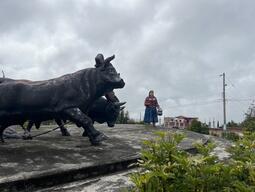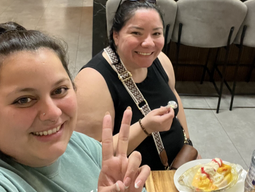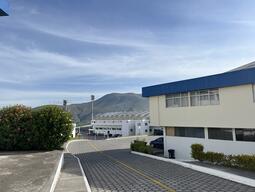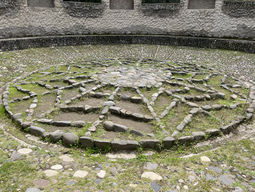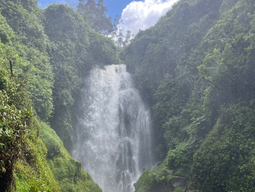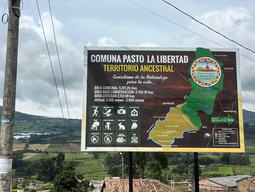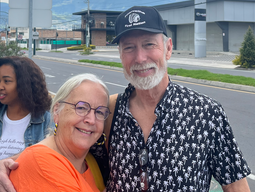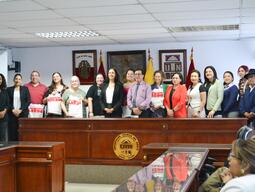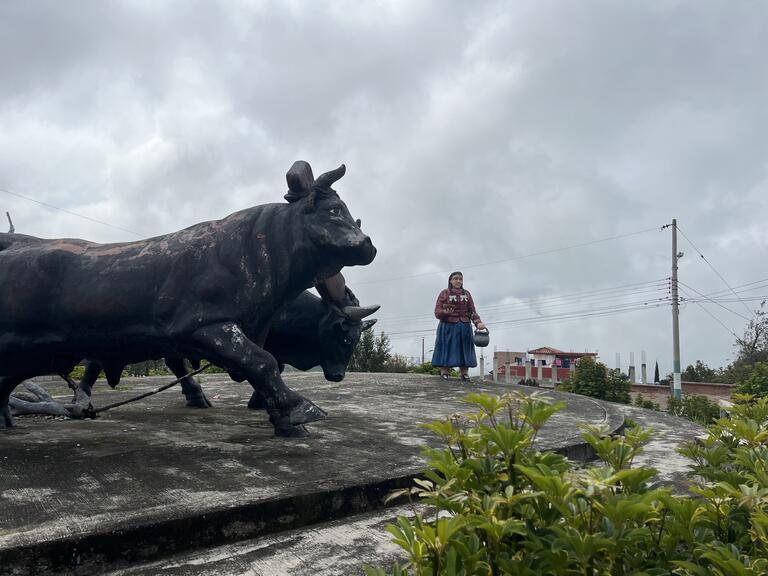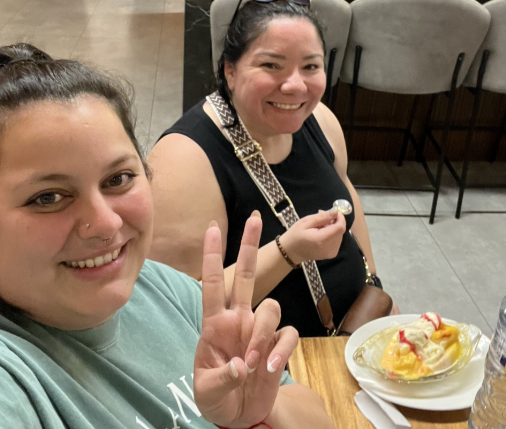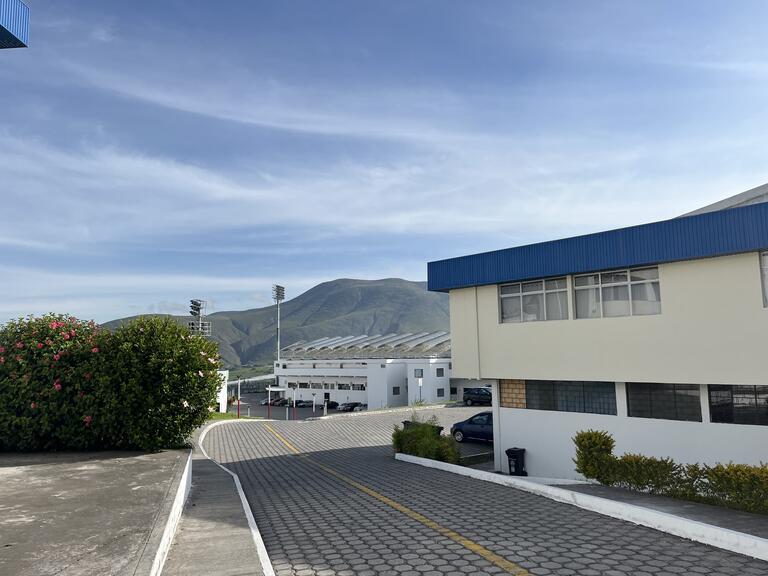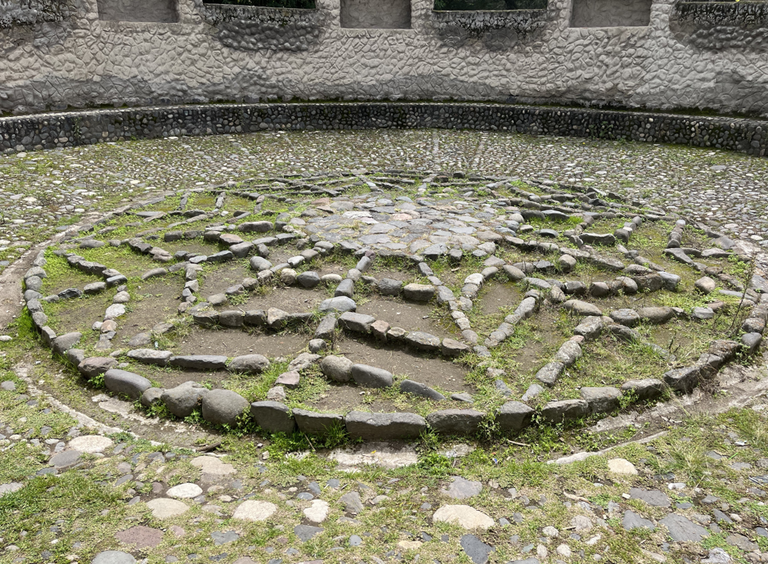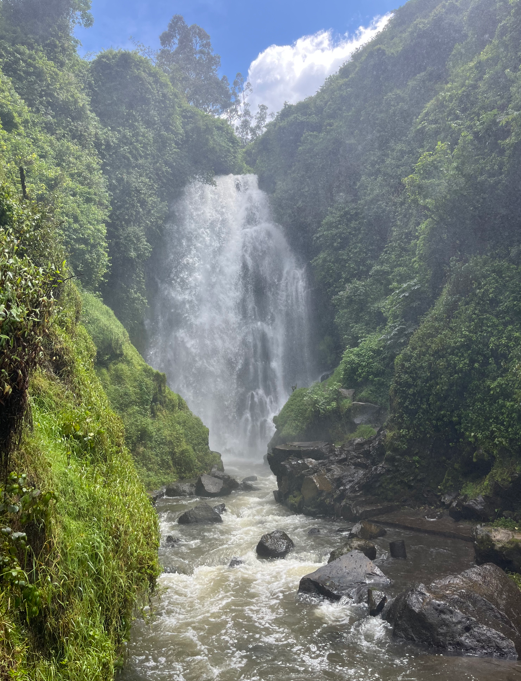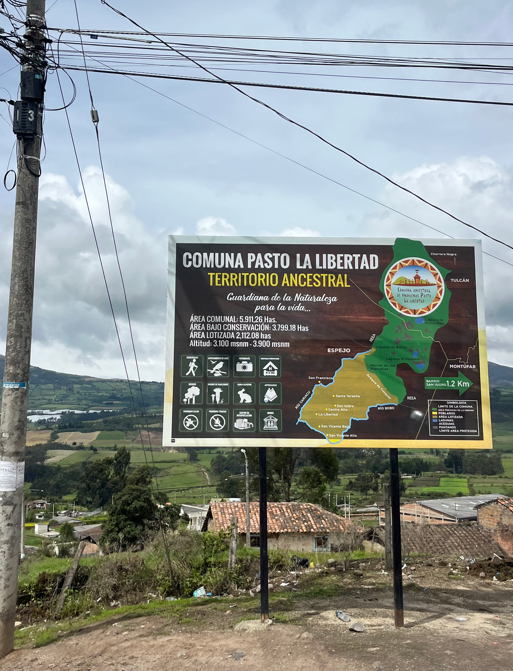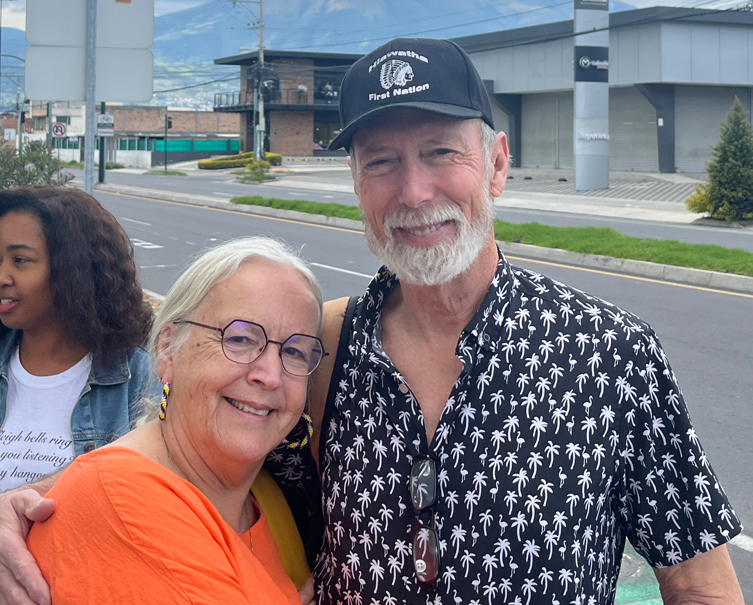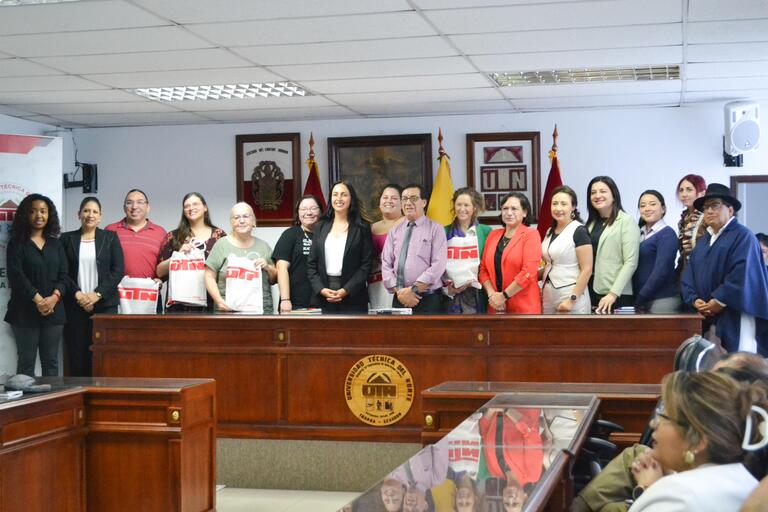What happens when we set aside the bureaucracy of academia and choose instead to meet each other—heart to heart, eye to eye? Through the lens of global Indigenous worldviews, particularly when we engage with the ode—the Anishinaabe word for “heart”—the boundaries between research and relationship becomes beautifully blurred.
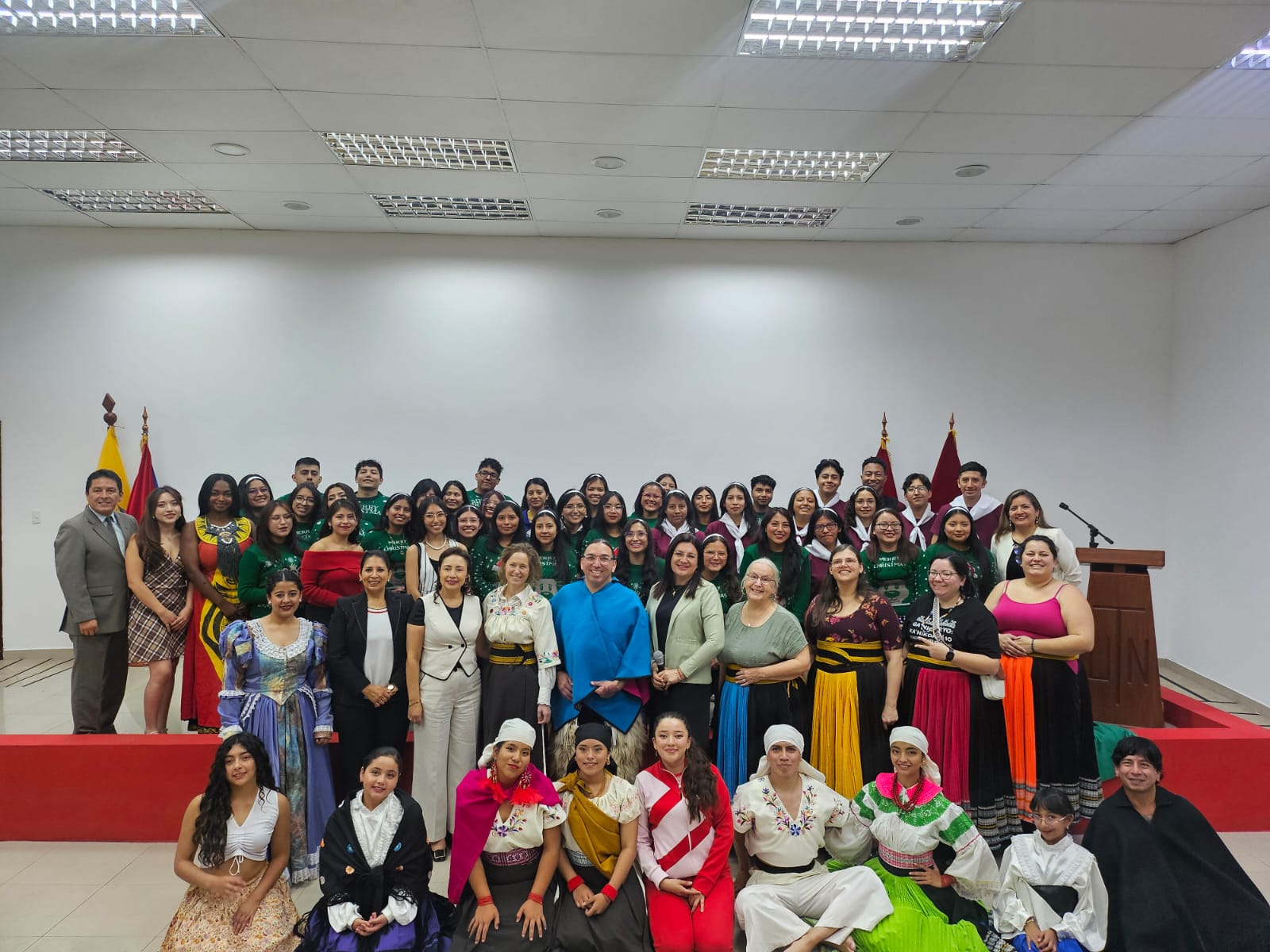
This philosophy guided a team of passionate education scholars, Dr. Lindsay Morcom and Dr. Jennifer Davis, professors of Indigenous education, alongside graduate students Lauren Smart-Lampl, Dallas Sinopole, and Lindsey Johnson, on a life-changing journey to Ecuador. Their purpose was not to “study” global Indigenous knowledge systems from a distance, but to build meaningful relationships grounded in reciprocity, respect, and deep listening. The trip was born out of a shared vision between Dr. Morcom and Dr. Davis and their counterparts at Universidad Técnica del Norte in Ibarra, Ecuador. While the partnership had been developing virtually for months, the team quickly recognized that authentic connection couldn’t be forged through a screen. Supported by a CERC grant from the Centre for Community Engagement and Social Change (CCESC), the team traveled south—not simply to learn, but to stand in solidarity with their global relatives.
This journey held a deep spiritual and cultural resonance: South America has a rich history of Indigenous Nations, cultures, and knowledges, and over 80% of Ecuador’s population has Indigenous ancestry. For the group, this trip represented not just cross-cultural exchange, but a kind of return. They were especially inspired by Ecuador’s recognition of Kichwa as a constitutional, or ‘intercultural’ language, a powerful testament to the success and resilience of language revitalization. For Dallas, this was particularly moving: to witness a language not just reclaimed but thriving offered both hope and direction. He was struck by how deeply Indigenous worldviews were woven into the university's curriculum—not as symbolic gestures, but as core frameworks shaping the academic experience.
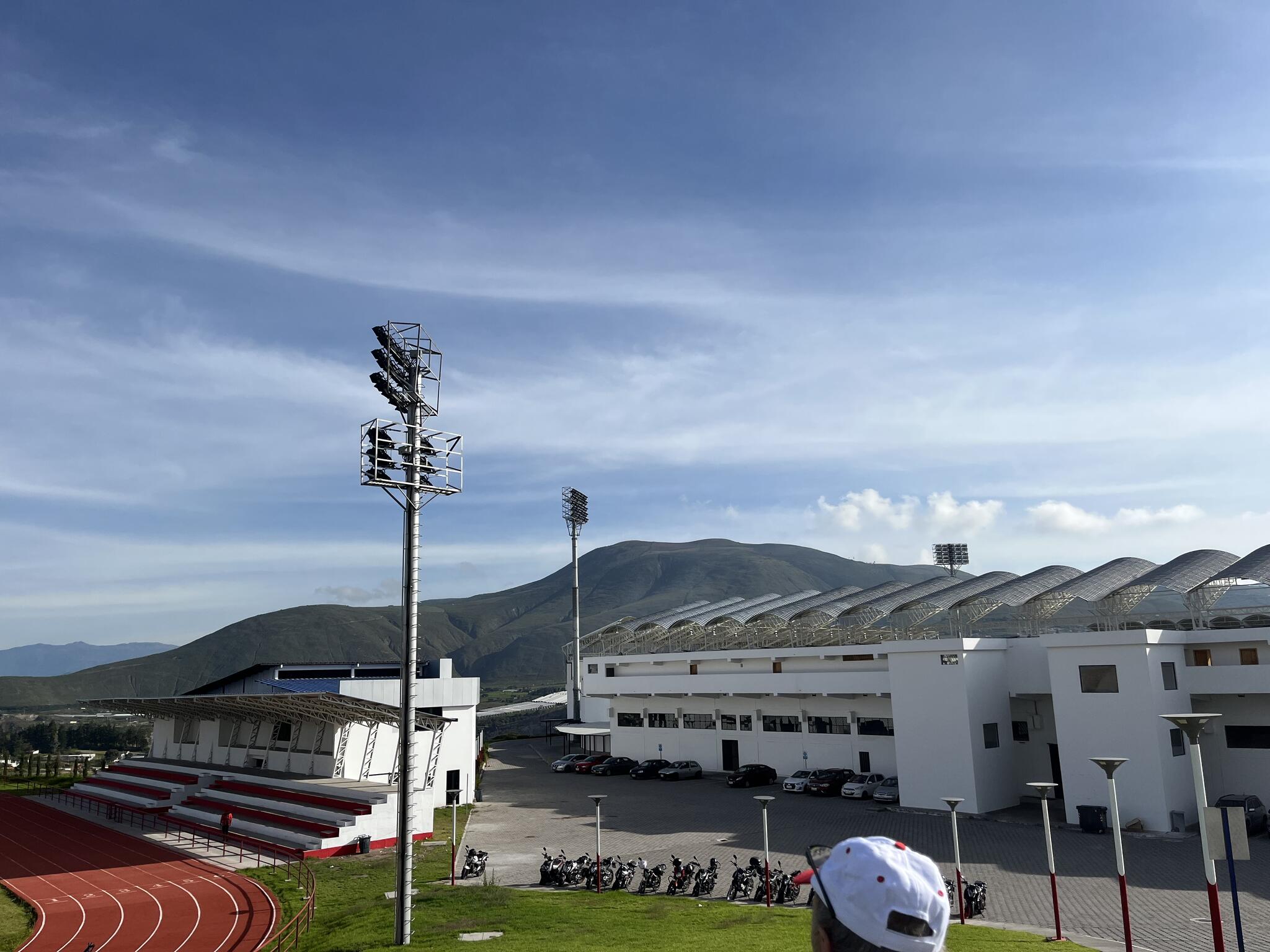
A journey of connection and cultural exchange
During their five days with the university community, the group was overwhelmed by the warmth and generosity they encountered. They were welcomed with high honour. Government officials and the university president greeted them personally. The president not only arranged for translators and guided their visits—he drove them himself at times, ensuring they felt truly at home. Lindsey Johnson reflected on her experience: “I’m just a student. I didn’t expect to be treated like this.” Her presence served as a cultural bridge, helping deepen the connection between the group and their hosts.
The group spent much of their time with the Mestizo community—those of mixed Indigenous and Spanish ancestry. They toured sacred sites, strolled through Otavalo’s vibrant markets, stood before waterfalls, and participated in ceremonies. Conversations with students and local knowledge keepers, most of whom identified as Indigenous, revealed both profound cultural distinctions and striking parallels in lived experiences. Despite language differences, genuine bonds were formed.
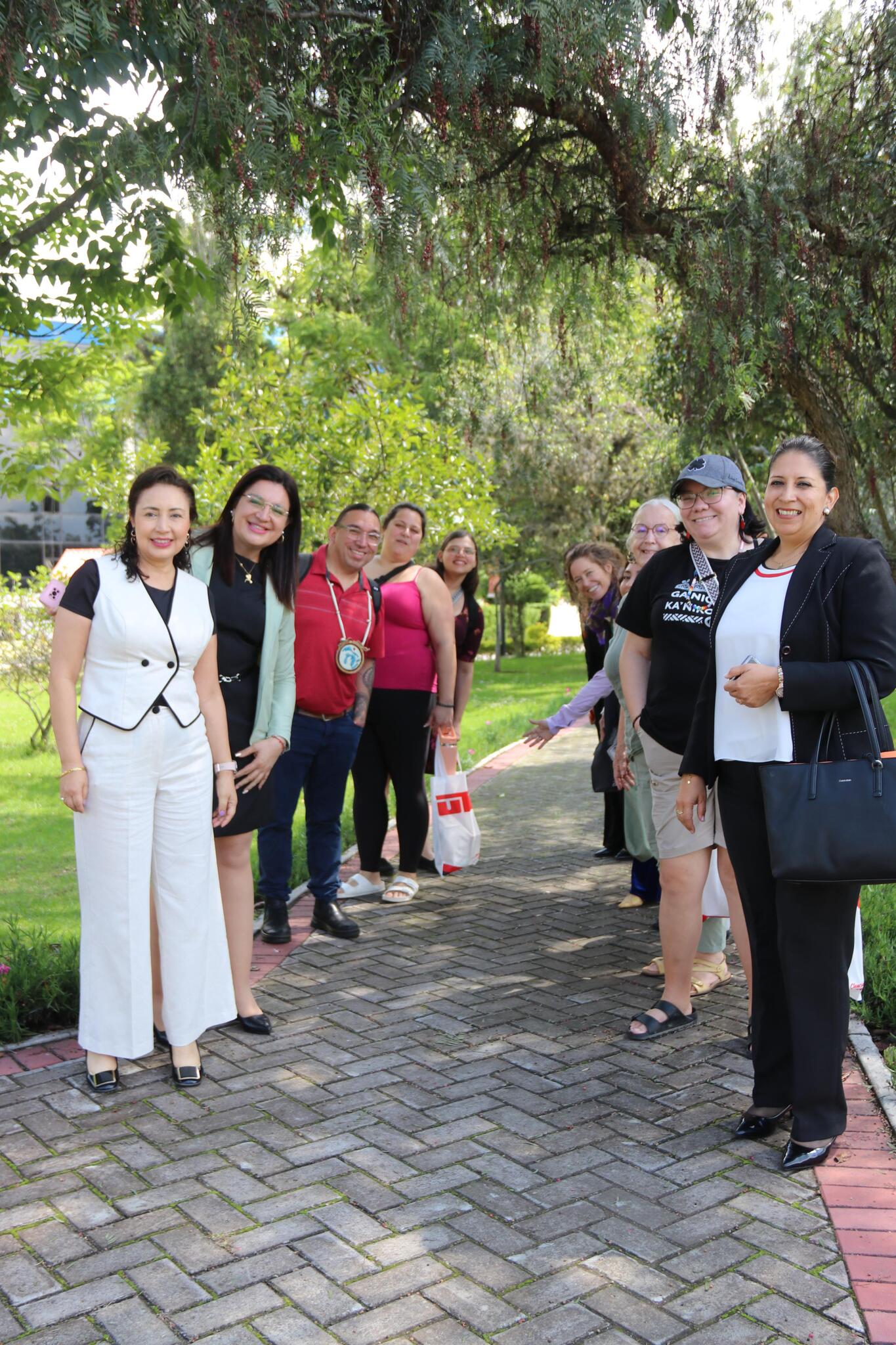
Relational Research and Inclusive Education Across Borders
Before embarking on the trip, Dallas posed the question, “What does language look like?”—a question that captured the spirit of their journey. He came to see that connection is built not merely through shared vocabulary, but through shared intention. He reflected on how Indigenous peoples worldwide must often work twice as hard to be recognized in systems not built for them. And yet, in Ecuador, he witnessed something powerful: a humility and mutual respect that transcended status. “When you’re standing across from government officials or academics in a boardroom,” he joked, “they can seem seven feet tall. But when you sit together, eye-to-eye, you realize—we’re all just people. It becomes easy to be human again.”
When asked about the research methodologies they employed, the group’s resounding answer was simple: relationships—and, by extension, storytelling. Rooted in Indigenous epistemologies, their approach was guided by the Four R’s: respect, relevance, reciprocity, and responsibility (Kirkness & Barnhardt, 2001). Unlike much of Western research, which often emphasizes knowledge extraction and publication, Indigenous methodologies prioritize the inherent dignity of all knowledge systems and the necessity of mutual respect to envision a shared future. For these scholars, research was not something to be done to communities, but with them through authentic, sustained relationships.
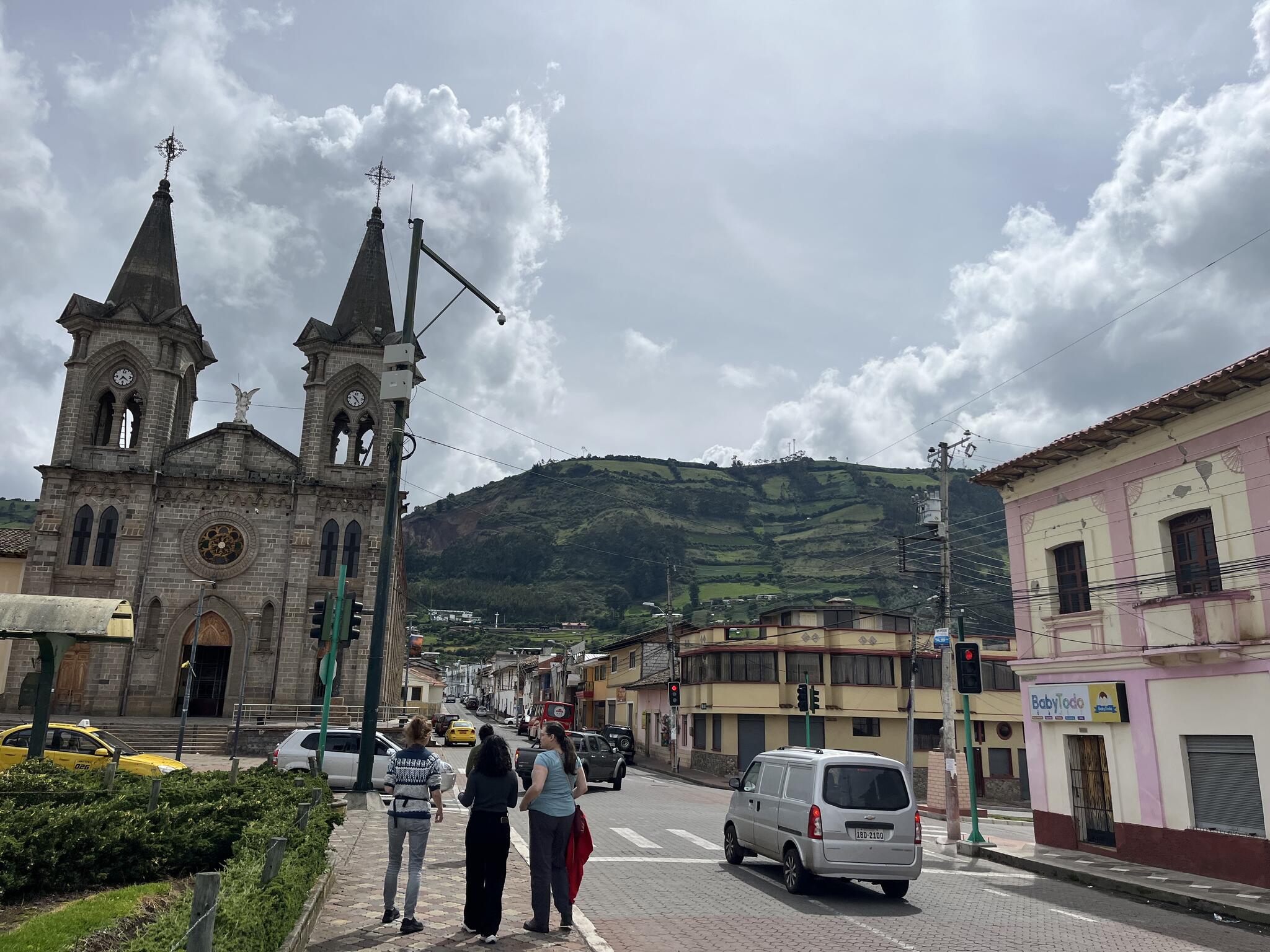
For Lindsey Johnson, this meant interrogating how colonization has manifested both similarly and differently in the Global South. She reflected on the concept of blood memory—the idea that trauma is carried not only through lived experience but through the body and soul across generations. Healing, she believes, begins with acknowledging these intergenerational wounds. In working together across borders and cultures, she hopes such memories can be unlocked, allowing future generations of Indigenous peoples to live unburdened. In Ecuador, despite the Mestizo people's historical efforts to resist colonization and reclaim their heritage, the haunting presence of their colonial past remains. Some have attempted to embrace this legacy, but for many, the weight of blood memory lingers.
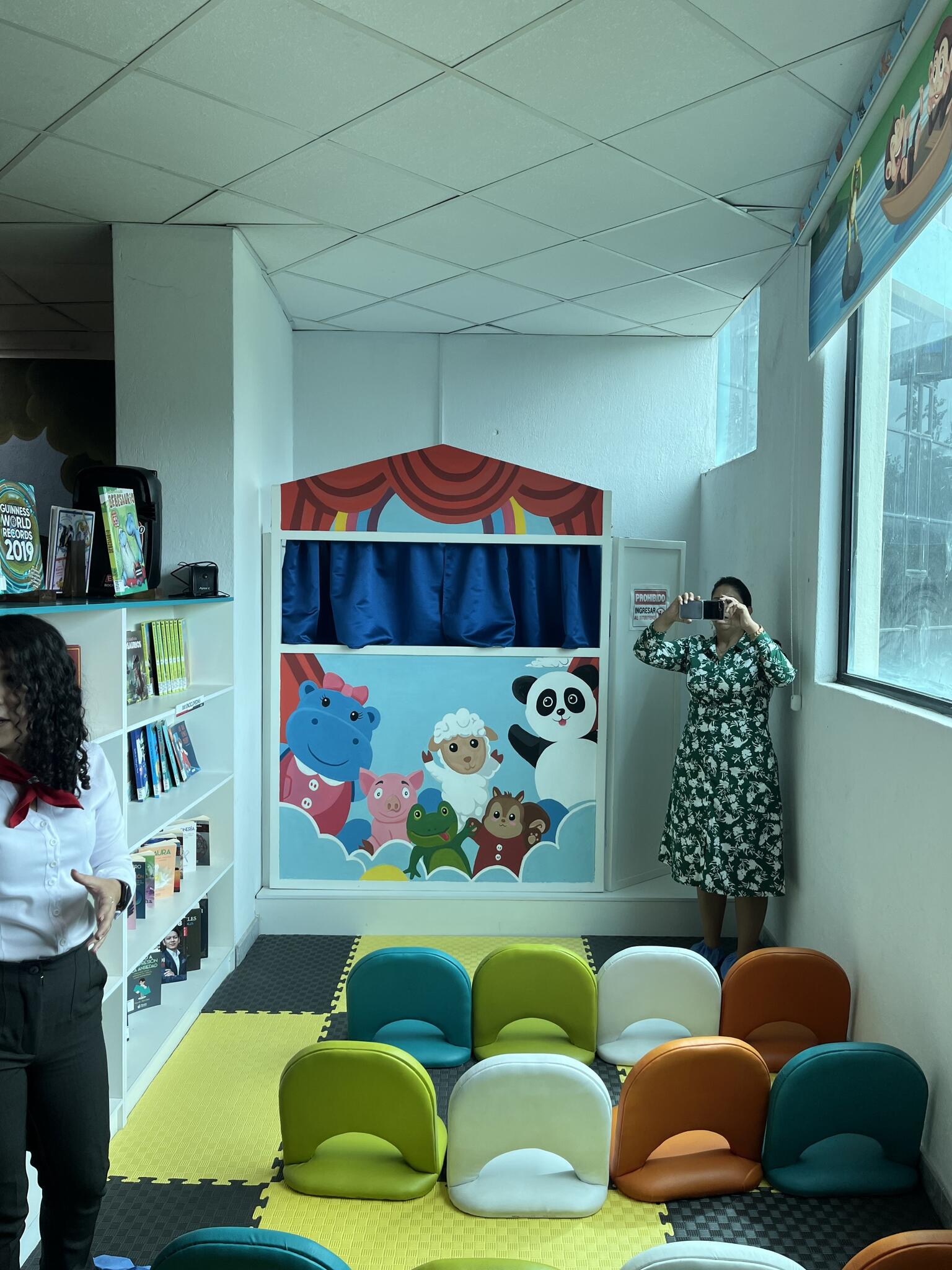
The team also explored how teacher education is structured in Ecuador and neighboring countries. Dr. Jennifer Davis remarked that visiting their faculty shifted the focus of her research. The group was struck by the pervasive sense of inclusion embedded in the educational system. One particularly moving aspect was the explicit instruction of Ecuadorian Sign Language and Braille within teacher preparation programs. University libraries featured Braille photocopiers, making texts accessible to anyone in the community. But the most powerful moment came during their visit to the university’s department for youth with disabilities. There, thirty children of varying ages and abilities were being taught by young educators, some not yet twenty years old, whose work was guided by the principle of teaching with love. Dallas was especially moved. He shared how, within Indigenous knowledge systems, individuals with disabilities are viewed not as “less than,” but as uniquely connected to the spirit world—closer to the Creator, and therefore, gifted. In Ecuador, he saw this belief put into practice. These children were not marginalized or pathologized—they were celebrated. The contrast with North America’s special education discourse, which often centers on policy and deficit-based models, was striking.
Even more humbling was when Ecuadorian researchers asked the Canadian group for advice on how to improve their inclusive practices—despite already being miles ahead in terms of approach, equity, and community support, all with a fraction of the resources and funding available in North America. Dr. Lindsay Morcom recalled one particularly tender moment when an Ecuadorian educator explained their philosophy: “We ask each parent for permission to fall in love with their child.”
Challenging Hierarchies: Learning with Humility and Honouring relational values
The group couldn’t help but reflect on the uncomfortable irony of being positioned as “first-world” scholars expected to teach so-called “second- or third-world” countries about Indigenous pedagogy. In many ways, the South seemed far more advanced—in education, governance, and healthcare. Lauren Smart-Lampl identified humility as the most important ethical principle: to enter spaces not as experts, but as learners. Dr. Jennifer Davis echoed this sentiment with frustration. The university had kindly asked her team to write letters to the Ecuadorian government to help secure funding for ongoing collaboration. That the word of Western academics was needed to validate and sustain such transformative work felt deeply problematic—a stark reminder of the ongoing imbalance in global academic hierarchies.
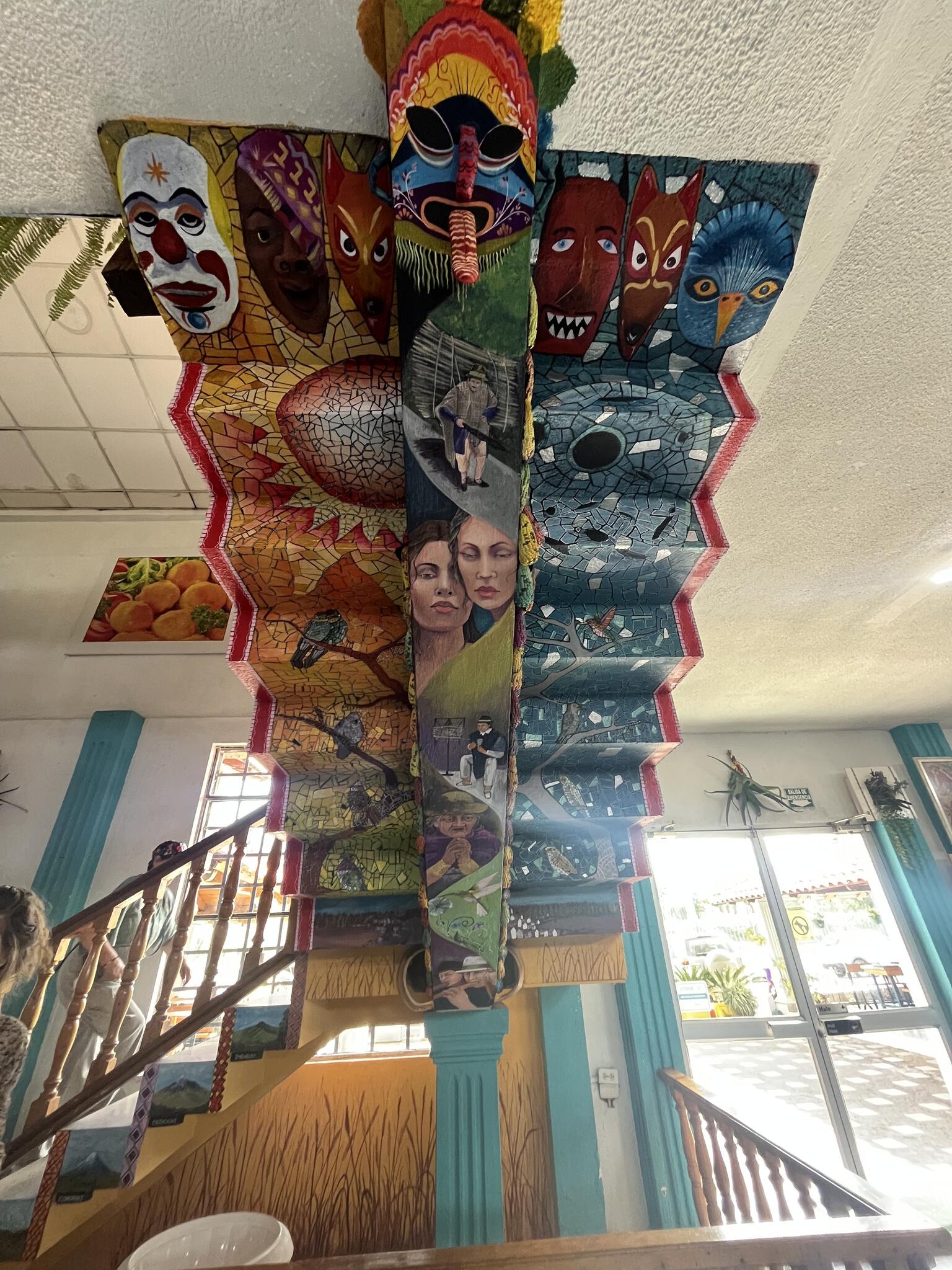
Culturally, the Canadian researchers were deeply moved by the Ecuadorian way of life. They found themselves drawing stark comparisons to the hyper-individualistic, capitalist systems in North America—systems that demand constant productivity, often at the expense of connection and community. In contrast, the Ecuadorian lifestyle, while seemingly more relaxed, was grounded in a profound work ethic. Dallas was struck by how hard everyone worked, not out of pressure from a free-market economy, but from a deep sense of purpose and communal responsibility. He couldn’t help but imagine how far many locals could go if they had equitable access to funding and higher education opportunities. As an artist, singer, dancer, and crafter, Dallas found resonance between his own life and the lives of those he met. He shared that traditional art forms like beadwork and featherwork had been life-saving for him, helping him navigate and heal from substance abuse. He saw his work ethic reflected in that of the Ecuadorians and described his research methodology as being rooted in “understanding the hustle and appreciating it.” Dallas also critiqued how Western institutions impose rigid, neoliberal definitions of success, ranking children according to narrow metrics. In contrast, Ecuador’s schooling systems appeared to centre love, care, and relationality as acts of decolonization—offering a radically different vision of education.
All members of the research team had either studied or taught within the World Indigenous Studies in Education (WISE) program, and they saw a clear alignment between the program’s teachings and their approach to the Ecuador trip. Lauren reflected on the Global Indigenous Histories course she took back in 2023 with a professor new to the faculty, who pivoted the syllabus completely once they realized most of the students in WISE were Indigenous. The professor replaced academic abstraction with real-world engagement by connecting students with Indigenous contacts in Colombia, Africa, and Mexico.
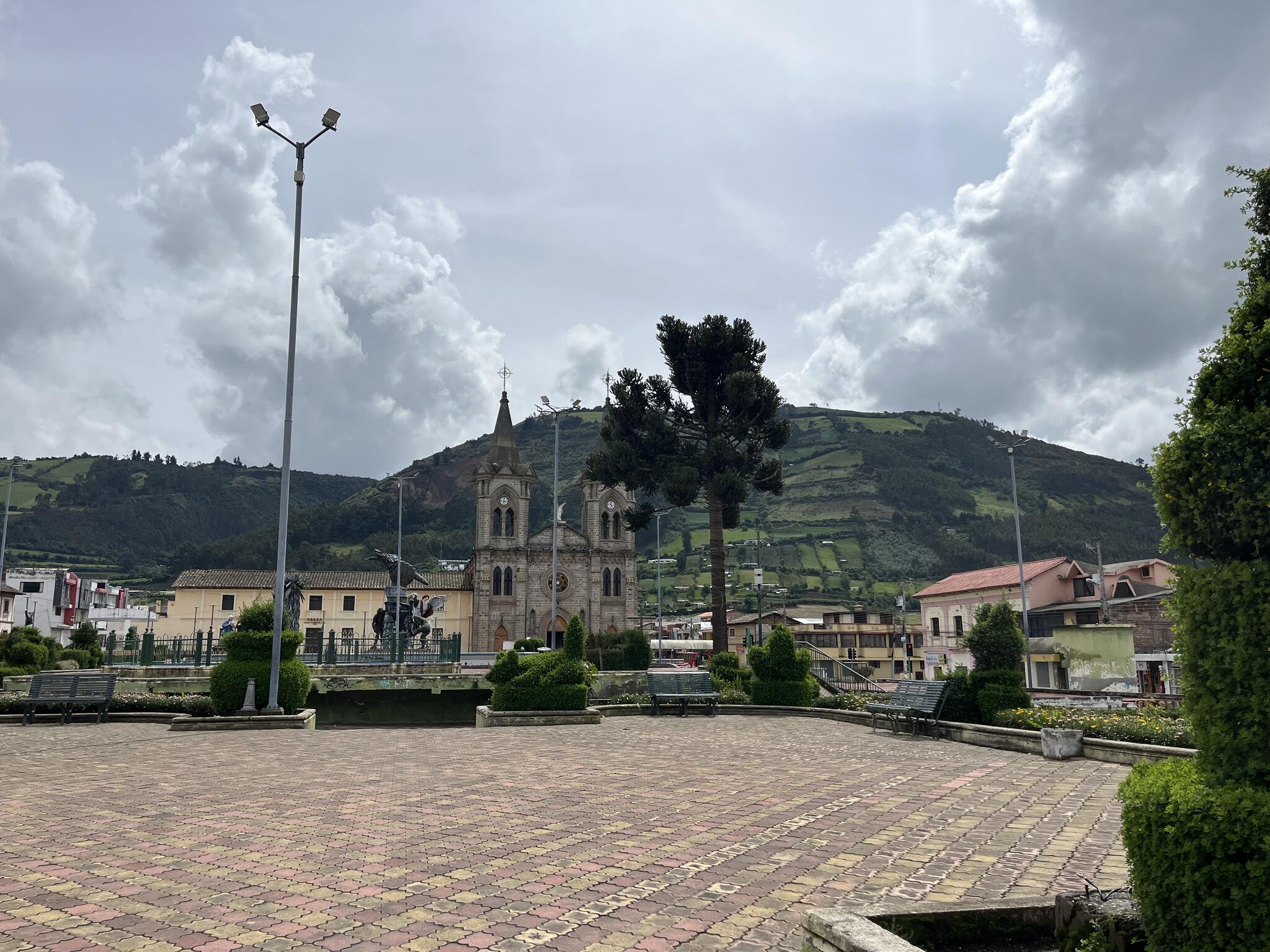
Inspired by her instructor's fieldwork in Mexico, Lauren found this experience instrumental in shaping her understanding of how to respectfully enter and engage with Indigenous communities. The team emphasized that relationships between Indigenous peoples and researchers are often fraught due to histories of extractive, colonial methodologies.
Lasting Lessons from Ecuador and the WISE Experience
The WISE program provided tools for navigating research in a way that prioritizes respect, reciprocity, and long-term relationship-building. As Dallas noted, the program taught him to lead with love rather than fear—an ethos that stands in contrast to many of the fear-based narratives found in dominant Western discourse. He spoke of the teachings of the sky, highlighting that no matter what is happening in our lives, we are all anchored by the same stars. Lindsey echoed this, describing WISE as a program rooted in radical love.
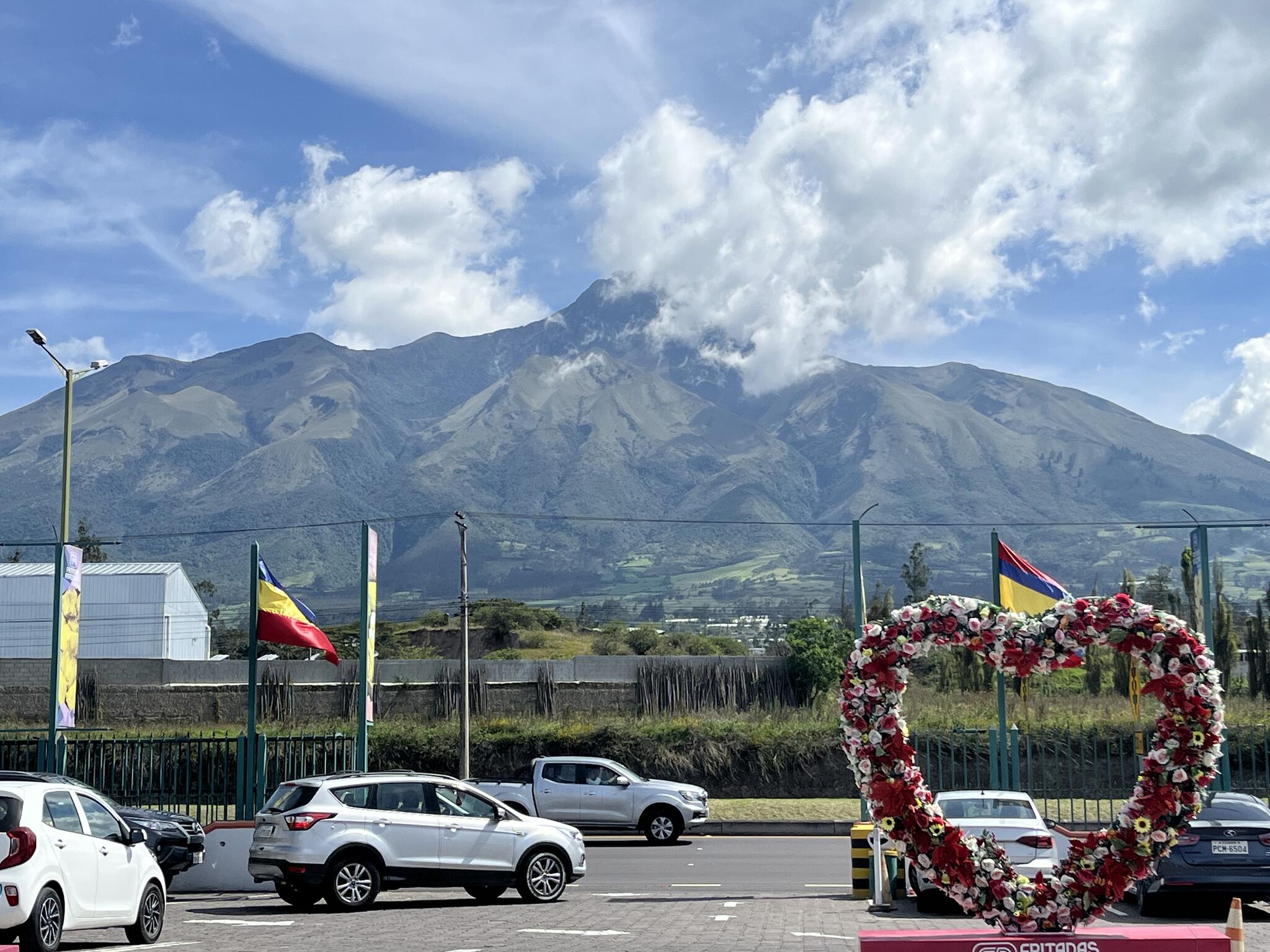
For many on the team, the return home was emotionally jarring. Several admitted to crying upon arriving back, mourning the loss of the slow-paced, community-centred life they had experienced in Ecuador. The contrast was stark: they had witnessed a collectivist culture where everyone contributed to meeting basic needs, and where homelessness and gentrification were notably absent. Returning to the political and social climate of North America, where individualism and systemic inequities are normalized, was deeply disheartening. Despite dominant Western narratives warning against the “dangers” of the Global South, the researchers left Ecuador with a profound admiration for its way of life. As Lauren Smart-Lampl put it, “There is a better way to exist—but we just can’t seem to come together to make it happen.”
Dr. Lindsay Morcom and Dr. Jennifer Davis both emphasized the material and emotional impact the trip had on everyone involved. They urged others to consider study abroad experiences beyond the usual Eurocentric destinations. These exchanges, they argue, can dramatically shift one’s worldview. Dr. Davis encouraged students to be bold with their grant funding—stepping outside the boundaries of what academia typically deems as “valuable” destinations for learning.
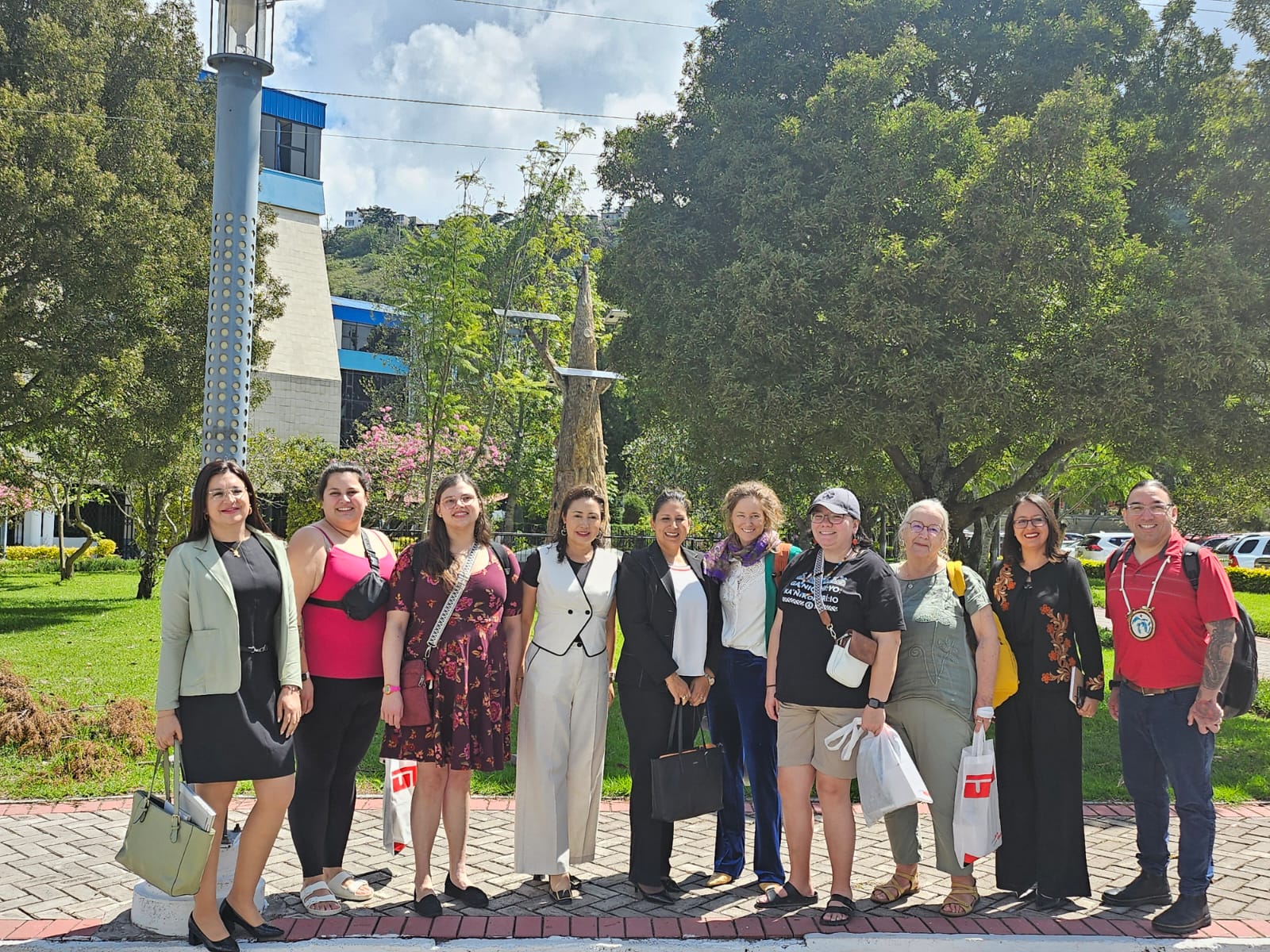 Looking ahead, the team is committed to sustaining the relationships they built during their time in Ecuador. They hope to continue learning—particularly in the areas of language revitalization, traditional medicines, and knowledge for knowledge’s sake, untethered from institutional outcomes or academic productivity. Ultimately, the trip fostered honest, vulnerable conversations the group might not have had under different circumstances. In crossing the divide between faculty and student, they became a family. The most enduring impact wasn’t just academic—it was the reaffirmation of shared humanity. Something that no data set or research write-up could ever fully capture.
Looking ahead, the team is committed to sustaining the relationships they built during their time in Ecuador. They hope to continue learning—particularly in the areas of language revitalization, traditional medicines, and knowledge for knowledge’s sake, untethered from institutional outcomes or academic productivity. Ultimately, the trip fostered honest, vulnerable conversations the group might not have had under different circumstances. In crossing the divide between faculty and student, they became a family. The most enduring impact wasn’t just academic—it was the reaffirmation of shared humanity. Something that no data set or research write-up could ever fully capture.
Miigwetch to the team for sharing their insights.
References
Kirkness, V. J., & Barnhardt, R. (2001). First Nations and higher education: The four R’s—Respect, relevance, reciprocity, responsibility. In R. Hayhoe & J. Pan (Eds.), Knowledge across cultures: A contribution to dialogue among civilizations. Comparative Education Research Centre, The University of Hong Kong.
